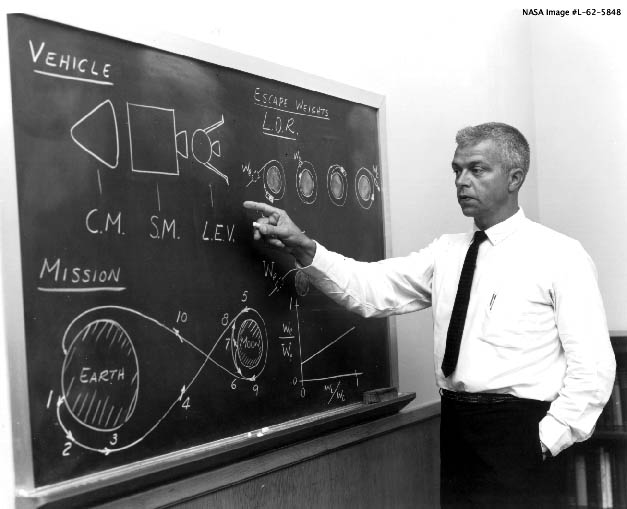June 30, 2010 Vol. 3, Issue 6
Dr. Scott Page shared insights with ASK the Academy about complexity, cognitive diversity, and the learning opportunity posed by international teams.
Dr. Scott Page is the author of The Difference: How the Power of Diversity Creates Better Groups, Firms, Schools, and Societies and Complex Adaptive Systems: An Introduction to Computational Models of Social Life. At the University of Michigan, Dr. Page is the associate director of the Center for the Study of Complex Systems and a research professor at the Center for Political Studies. His research focuses on the theory behind diversity, complexity, incentives, and institutions.
ASK the Academy: You’ve written that complexity comes from simplicity, using a children’s game of tag to illustrate how a complex environment comes from the simple actions of running, trotting, and standing. When it comes to teams, what are the simple actions that create a complex team environment?
Dr. Scott Page: Complex systems consist of diverse interacting individuals whose actions influence the behaviors of others. In groups, diversity, feedback, influence, and the dynamic interchange of information can produce complexity when the underlying problem is challenging. On easy problems, someone likely knows a good answer so the team environment tends not to be very complex.
ATA: In your book The Difference, you made the case that cognitive diversity provides multiple perspectives (how a problem is viewed) and heuristics (how that problem can be tackled), which results in better teams. For organizations like NASA, which face grand challenges such as landing humans on Mars, what advice do you have for leaders in managing the complexity of decision making for tasks like this?
SP: A first step is to recognize the nature of the task. Is NASA making a forecast? Is it trying to solve a difficult problem? Is it trying to coordinate across tasks? Let’s take a specific forecasting tasksuch as when a part of the project is likely to be completed. One approach would be to ask the person in charge to give an estimate. Another would be to cast a wider net and to seek input from people involved in a range of activities involved with the project. The second approach probably works better. Or, let’s take a specific problemlike reducing the weight on a spacecraft. Here again, opening the problem to more sets of eyes is likely to produce new ideas.
ATA: Many organizations face the challenge of integrating a new generation of workers who have come of age in an era of social networking and no expectation that they’ll remain in a single job for more than a few years. How do generational differences like these play into organizational complexity?
SP: Good question. I’m not sure. The empirical question lies outside my area of expertise. What I can say with some confidence is that increasing generational diversity will likely increase complexity as well. The nomadic expectations are a mixed bag. True, the new generation may feel they have less skin in the game, but they’ll also be more willing to share novel ideas, as they’ll be less concerned with reputation and more interested in just having fun and learning.
ATA: Increasingly, large projects such as the Large Hadron Collider and the International Space Station are achieved by international teams. Working with international partners adds new levels of diversity and complexity to projects. What are the key challenges you see in determining how to leverage this diversity and manage complexity on international projects?
SP: International teams offer several immediate opportunities. On technical problems, you have a good chance that people have learned the relevant material from different sources and have mastered slightly different techniques. That diversity can be useful. If you have all Ph.D.s from the University of Illinois or Purdue, you’re likely to have people who all sat under the same bright lights poring over the same textbooks. With an international team, you’ve got a broader set of basic understandings. In contexts that involve the human element, international diversity produces diverse lenses on the human experience and leads to deeper understandings. Permit me a brief anecdote. The recent Netflix prize competition was won by an international team of collaborators. People from different countries brought different understanding of why people like moves and how to classify movies.
ATA: You have a book coming out on diversity and complexity. Can you give us a preview of what to expect?
SP: It’s a book that should appeal to scientists. It’s not an airplane book. It’s a book that says—here’s how people measure diversity (and variation), and here’s how scientists—be they biologists, engineers, or economists—think about the roles that diversity plays in complex systems. For people who want to move beyond metaphor and gain a deeper understanding of how the diversity of species, firms, ideas, and ideologies creates good outcomes (like robustness and resilience) and also bad outcomes (like market crashes and mass extinctions), the book will be worth reading. I recently did a DVD course for The Teaching Company on complexity. This book is a wonderful follow-on to the DVD.






